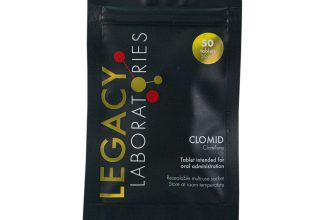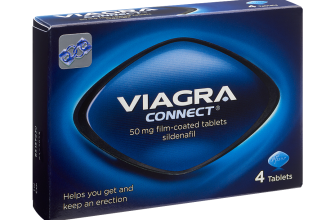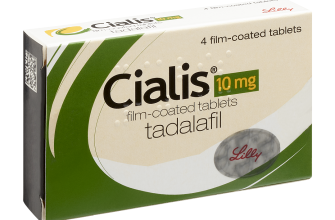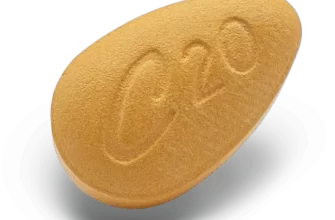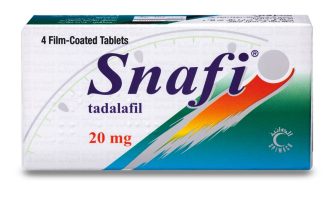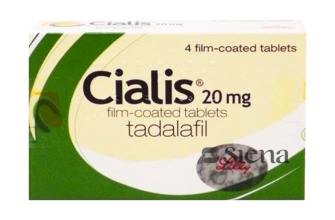Naltrexone HCl, at a dosage of 8 mg, is a pharmaceutical compound commonly utilized in addiction treatment. If you’re considering this medication for opioid dependence or alcohol use disorder, knowing its benefits and considerations is crucial.
This dose may help reduce cravings and withdrawal symptoms, significantly improving the chances of maintaining sobriety. Many individuals find that it enhances their ability to resist the urge to relapse, allowing for more successful recovery experiences.
When starting on 8 mg naltrexone HCl, monitoring is essential. Consulting with a healthcare professional ensures that the treatment plan is tailored to your specific needs, adjusting the dosage if necessary. Be aware of potential side effects, which can include nausea and fatigue, but these are often temporary as your body adjusts.
Incorporating supportive therapies, such as counseling or group support, works well alongside naltrexone. This combination can lead to more profound, sustainable recovery outcomes. The path to sobriety often involves multiple strategies, and naltrexone serves as a vital tool in this process.
- Comprehensive Guide to 8 mg Naltrexone HCL
- Understanding the Mechanism of Action of 8 mg Naltrexone HCL
- Pharmacodynamics of Naltrexone
- Dosage and Administration
- Clinical Applications and Benefits of 8 mg Naltrexone HCL
- Benefits in Chronic Pain Management
- Psychological and Behavioral Enhancements
- Dosage Guidelines and Safety Considerations for 8 mg Naltrexone HCL
- Dosage Adjustments
- Safety Precautions
Comprehensive Guide to 8 mg Naltrexone HCL
Naltrexone HCL, at a dosage of 8 mg, serves as a safe option for managing opioid dependence and alcohol use disorder. Patients should adhere strictly to the prescribed dosage and schedule to optimize treatment outcomes.
This medication acts as an opioid antagonist, blocking the effects of opioids and reducing cravings. When beginning treatment, consult your healthcare provider about the appropriate timing and methods for discontinuing any opioid medications to avoid withdrawal symptoms.
Common side effects include nausea, headache, dizziness, and fatigue. Most individuals find that these effects lessen over time. If side effects persist or worsen, communicate with your healthcare professional promptly.
Daily administration of 8 mg naltrexone can take time to exhibit its full benefits. Expect to engage in ongoing therapy sessions as part of a holistic approach to recovery. Behavioral therapies complement naltrexone treatment and can enhance overall effectiveness.
Regular follow-up appointments are crucial for monitoring progress and making any necessary adjustments to the treatment plan. Blood tests may be performed to evaluate liver function, given naltrexone’s impact on the liver.
Alcohol consumption during treatment can reduce the effectiveness of naltrexone and increase the likelihood of experiencing adverse effects. Therefore, avoiding alcohol is strongly advised to maximize the benefits of the medication.
Tips for success while on naltrexone include maintaining a healthy lifestyle, engaging in supportive networks, and practicing stress-reduction techniques. These practices contribute to a more robust recovery process.
By understanding how 8 mg naltrexone works, adhering to treatment recommendations, and seeking support, individuals can make significant strides toward achieving lasting recovery and improved well-being.
Understanding the Mechanism of Action of 8 mg Naltrexone HCL
8 mg Naltrexone HCL acts primarily as an opioid antagonist. By blocking the effects of opioids at the receptor sites in the brain, it reduces cravings for substances such as alcohol and opioids. This mechanism is beneficial for those seeking to manage addiction or dependence. The blockade prevents the euphoric effects typically associated with these drugs, effectively reducing the desire to use them.
Pharmacodynamics of Naltrexone
Naltrexone binds to mu-opioid receptors with high affinity, which inhibits the activation of these receptors by endogenous and exogenous opioids. This interaction leads to a decrease in the positive reinforcement associated with opioid use. As a result, the likelihood of relapse decreases, making it a valuable tool in the treatment of opioid use disorder and alcohol dependence.
Dosage and Administration
| Condition | Recommended Dosage | Administration Route |
|---|---|---|
| Opioid Dependence | 8 mg daily | Oral |
| Alcohol Dependence | 8 mg daily | Oral |
Consistent dosage adherence maximizes therapeutic outcomes. Patients should take Naltrexone regularly to maintain stable blood levels, which supports its efficacy in reducing cravings. Monitoring for side effects, such as nausea or fatigue, allows for timely adjustments to the treatment plan.
In clinical settings, combining Naltrexone with counseling and behavioral therapies has shown to enhance treatment effectiveness. This multifaceted approach equips patients with the tools needed for sustaining recovery and improving overall quality of life.
Clinical Applications and Benefits of 8 mg Naltrexone HCL
The 8 mg dosage of Naltrexone HCL serves various clinical applications, particularly in the management of substance use disorders and chronic pain treatment. As an opioid antagonist, it effectively blocks the euphoric effects of opioids, reducing cravings and preventing relapse in patients recovering from opioid dependency. Patients typically report a decrease in the desire to use opioids, contributing to sustained recovery outcomes.
In addition to substance use disorders, Naltrexone has gained recognition for its role in treating alcohol use disorder. The 8 mg dose helps decrease alcohol cravings and consumption, which has positive implications for improving overall health and wellness. Clinical studies have shown that patients taking Naltrexone regularly demonstrate better adherence to treatment plans and achieve greater long-term sobriety.
Benefits in Chronic Pain Management
This medication also finds utility in chronic pain management, particularly through a low-dose approach that enhances pain relief without the side effects associated with higher doses or traditional opioids. By modulating the body’s pain perception mechanisms, 8 mg Naltrexone can reduce reliance on pain medications, opening doors to alternative pain management strategies.
Psychological and Behavioral Enhancements
Moreover, patients report improvements in mood and anxiety levels. Naltrexone’s action on the opioid receptors may contribute to enhanced emotional stability, making it a valuable ally in a comprehensive treatment plan. Incorporating this medication can lead to multifaceted improvements in a patient’s quality of life, aligning emotional and physical health goals.
Dosage Guidelines and Safety Considerations for 8 mg Naltrexone HCL
Adult patients typically begin treatment with 8 mg of Naltrexone HCL, taken once daily. Dosage adjustments can be made based on individual tolerance and therapeutic response.
Dosage Adjustments
- If side effects occur, consider reducing the dose to 4 mg per day.
- Monitor the patient closely during the first week to assess the effectiveness and tolerability.
- After initial assessment, increase the dose to 16 mg if needed, based on clinical judgment.
Safety Precautions
- Advise patients to avoid alcohol consumption during treatment due to the risk of overdose symptoms.
- Review the patient’s medical history for liver dysfunction, as Naltrexone may require dosage adjustments.
- Monitor for signs of opioid withdrawal in individuals with a recent history of opioid use.
- Assess other medications the patient is taking to prevent potential drug interactions.
Regular follow-ups will help ensure the patient achieves the best outcomes while maintaining safety throughout their treatment with Naltrexone HCL.


